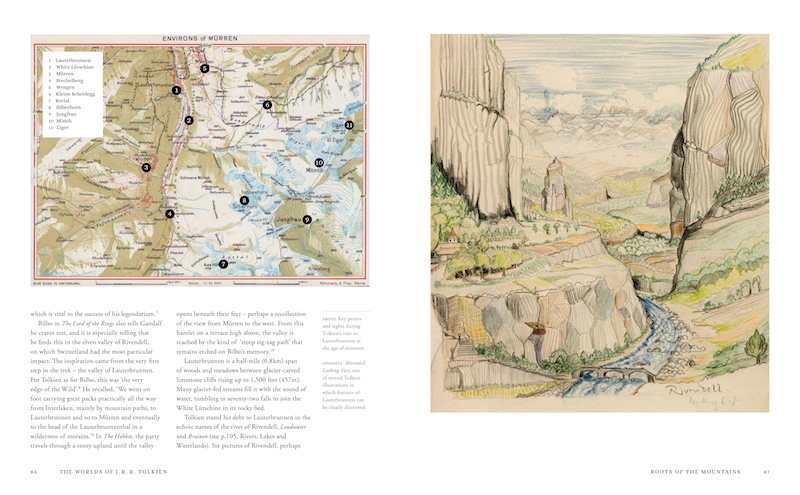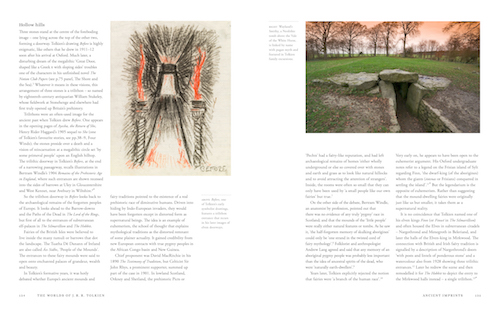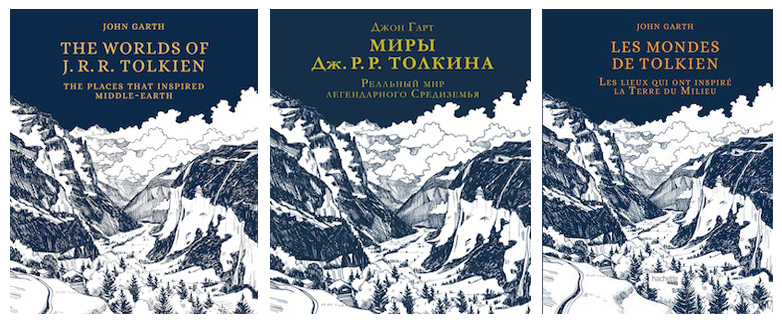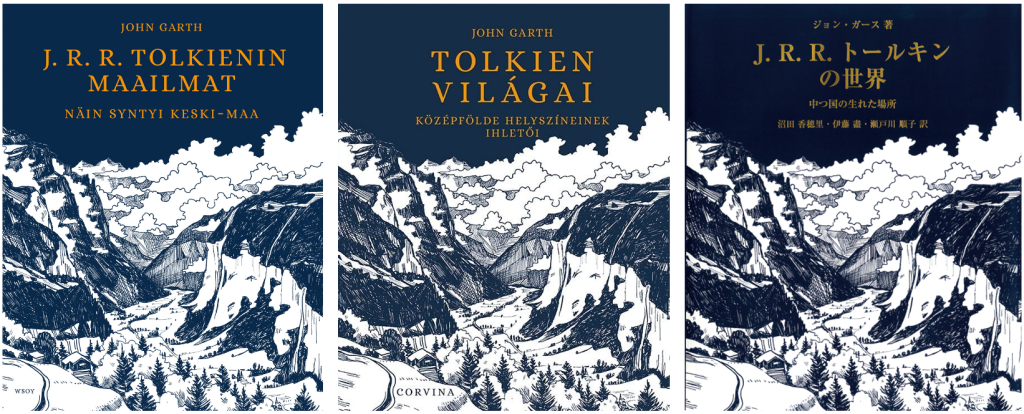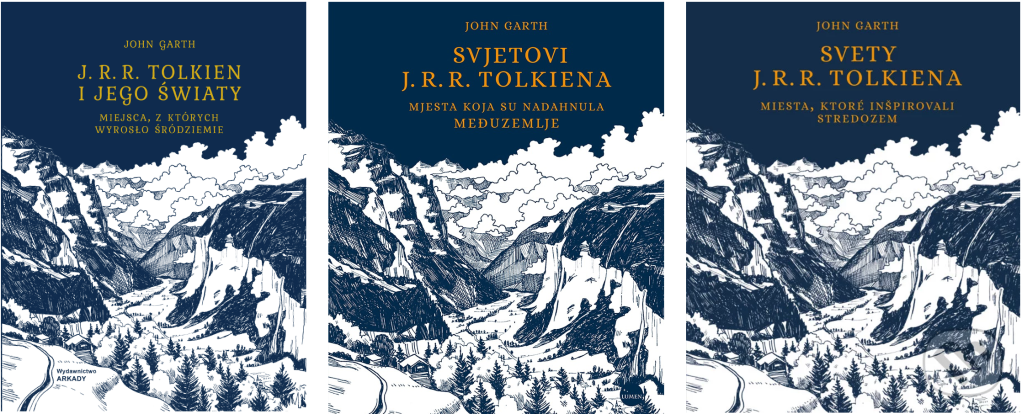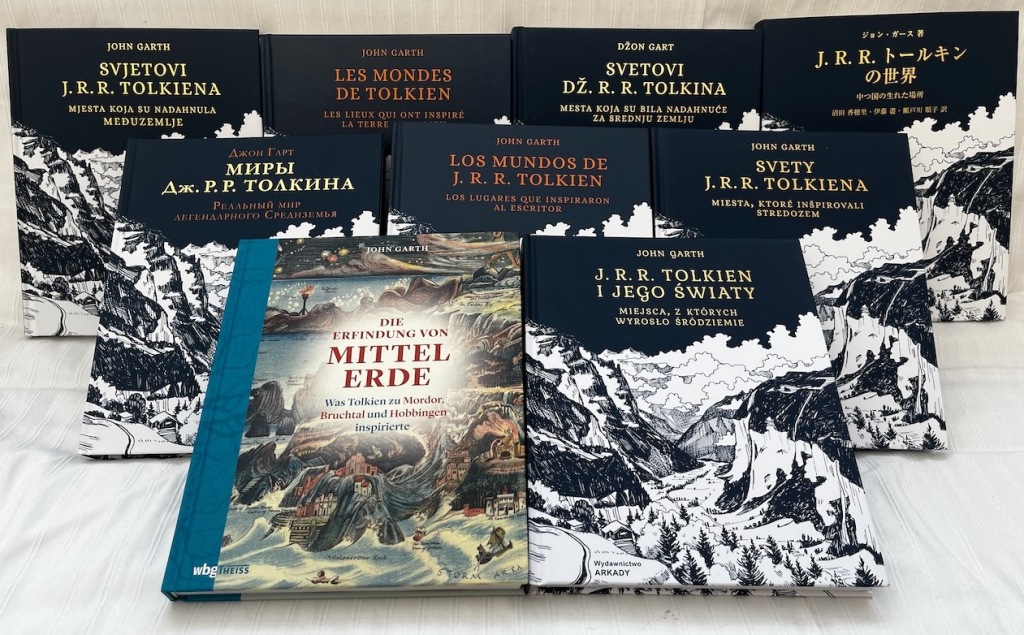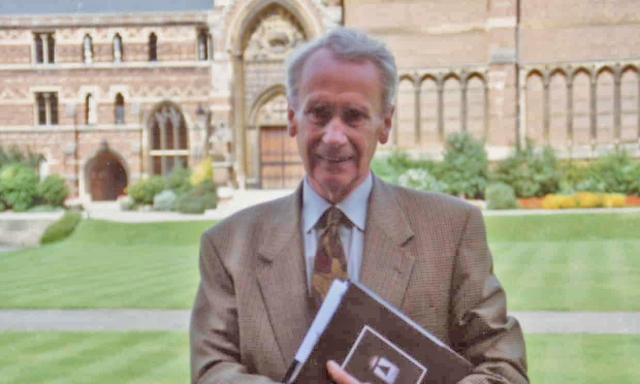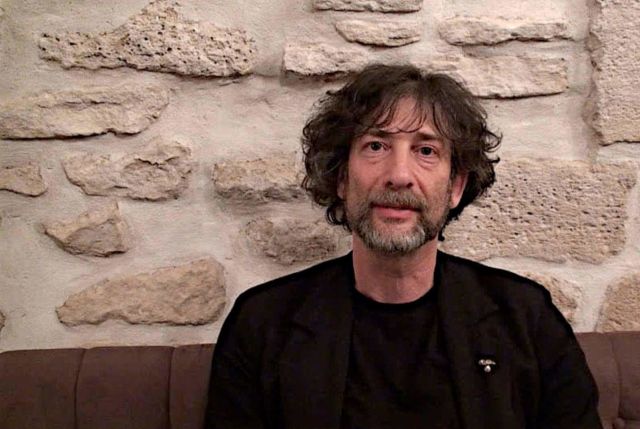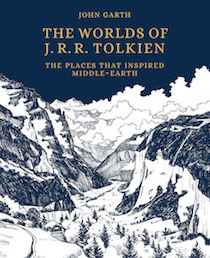
Even after 30-odd years it still happens. I’m in the middle of dusty nowhere trying to lug a broken television set across Spain, or I’m arguing with some bureaucrat who won’t let me get going, or I’m hopelessly lost in a labyrinthine building, probably still in my pyjamas. When finally I hurry breathless into the exam room and turn over the exam paper, I realise the awful truth. I can’t possibly answer these questions because I haven’t done any revision, I’ve come to the wrong exam, or I’m just incompetent.
These are just bad dreams, of course. I’m extraordinarily lucky that I don’t have more serious things in my nightmares. And on the whole, however badly I felt I was doing as my pen crawled slowly across the page in that dim and distant past, my real exam results turned out to be pretty good. After my last serious exam – three hours on Shakespeare – I emerged into the Oxford sunlight feeling absolutely blissful because the ordeal of finals was over. That was in 1988. Actually my 1984 A-levels seem to haunt me most, perhaps because I was more impressionable. They crop up in my dreams mostly as a mask for some more current anxiety. Exams can leave their mark long after they’re over.
For Tolkien, exams ended up being a different kind of unending nightmare. For much of his career he spent vast amounts of his ‘spare’ time marking them. They must have colossally retarded his literary output – except that, by boring him, they also allowed his mind to wander creatively. It was on the blank page of a student’s exam answer that he famously wrote the words ‘In a hole in the ground there lived a hobbit.’
He set exam questions too, for undergraduates at Leeds and Oxford where he taught, and even – together with his friend C.S. Lewis – for prisoners of war far away in German stalags during the Second World War. In this case, exams were a vital relief from boredom.
One of Tolkien’s exams is published. It’s from 1938, it went on show in the Bodleian Library’s 2018 exhibition, and you can try it out for yourself if you have Catherine McIlwaine’s lushly indispensable accompanying book, Tolkien: Maker of Middle-earth.[1] It was written not for Oxford or Leeds, but for the College of Cretaceous Perambulators. As that name suggests, it was a spoof.
The Cretaceous Perambulators was nothing more than Lewis and those friends of his who enjoyed walking (perambulating) in Britain’s chalk downlands, landscapes that had been laid down as ocean sediments during the Cretaceous Period. I think Diana Pavlac Glyer is probably right to guess that they were slyly mocking themselves as ‘dinosaurs’ because they were out of step with modernity.[2] In 1936 two members, Owen Barfield and Cecil Harwood, put together an exam for Lewis, which he must pass in order to be readmitted into the so-called college.
In April 1938, Tolkien wrote a similar exam for Lewis and Barfield. He had joined them for a jaunt of unrecorded extent in the Hampshire countryside. It certainly took in Basingstoke: it is written on letterheaded paper from the Red Lion Hotel there. It must also have taken in Alton about 12 miles away, because question 4 asks the examinee to
Distinguish between (a) Thursday and Friday, (b) The Man Who Was Thursday and the Man Friday, (c) Basingstoke and Alton, (d) Coming on a walking tour and directing it, (e) gibbets and Hobbits.
Another question asks for the chief weaknesses of the Orpheus, a poem recently written by Barfield which Lewis had just returned to him with some rather random and floundering observations and the plaintive comment, ‘This is rotten criticism: but it’s not an easy poem.’[3]
There are questions relating to favourite reading (a song in George Macdonald’s The Princess and the Goblin) and to favourite writing (The Hobbit, lately published). Question 10 asks for a string of Owens to be identified, running from Owen Glendower to Barfield himself to Growin’, Knowin’ and Glóin, Tolkien’s fictional dwarf.
Most relevant to the post you are reading is question 1, which asks for comment on the line ‘It is no good setting them that. They would know it.’ Lewis had evidently told about how an Oxford English Faculty colleague, Percy Simpson, had said this to him a few years earlier. It’s in his published letters: ‘By the bye Percy Tweedlepippin is my colleague and his principles as an examiner are perhaps worth recording. In answer to a suggested question of mine he retorted ‘Its no good setting that. They’d know that!’)’[4]
Simpson’s comment exposes the truth we all suspect when faced with a challenging exam – that it is nothing to do with fair assessment of ability or hard work, but has been set by a sadist to demolish us completely.

***
Tolkien’s College of Cretaceous Perambulators exam, and the one written by Barfield and Harwood, belong to a tradition. The Oxbridge-based Monty Python team made similar fun with television quizzes where contestants are asked to summarise Proust; or where Marx, Lenin, Mao and Che Guevara assemble as if for questions on communism only to be asked about British footballing history.
Another in the same tradition is reproduced here in full, just so you can try it out for yourselves.
The Camford and Oxbridge Examination Board’s Examination in Mathematics is anonymous but I’m confident it was written by Tolkien’s best friends, members of the now-famous T.C.B.S. It was published in the December 1911 King Edward’s School Chronicle, one of several issues edited by Christopher Wiseman and Rob Gilson. It was their final year at the prestigious school in Birmingham, and in December they each sat the real entrance exam to get into Cambridge University.
The Pythonesque exam is wildly unlike other Chronicle humour. As a pair, Gilson and Wiseman were almost irrepressibly humorous, and their issues of the Chronicle are markedly parodic compared to those before (including Tolkien’s).

The October Notes and News section had listed, in its usual sober fashion, the school officers (Wiseman was school captain, general secretary, and sports’ secretary; Gilson was librarian, secretary of the literary and dramatic societies, and shooting captain) and the school careers of those who had just then started at Oxbridge (Tolkien among them). But beside these names and several others, they had added asterisks pointing to a footnote: ‘Also member of the T.C., B.S., etc., etc.’ This was an in-joke, because no one else knew what those august initials meant: the librarians’ illicit Tea Club and the so-called Barrovian Society that met for idle japery in the tea rooms of Barrow’s department store.
Wiseman and Gilson were certainly responsible for that slyly subversive reference to their secret society. The spoof exam, too, seems to have their anarchic fingerprints all over it. As editors of the Chronicle, they had a magazine to fill, and it seems just the kind of item they could cook up together, perhaps with others – in other words, a T.C.B.S. collaboration. Here it is.[5]


Though this purports to be a maths exam, only two questions pertain to maths – one laughably easy, the other not so much. It probably shows the hand of Wiseman, who went on to read maths at Cambridge.
Names are picked for their oddity or peculiar euphony rather than (I think) for anything you might find in an encyclopaedia or contemporary news: Putbus (a town on Germany’s Baltic coast), Kirjath-Jearim (a biblical town), Llanfairpwllgwyngyll (a village in Wales whose name also comes in a record-breaking longer version). Sparkbrook, listed in question 2 after these others, adds a touch of bathos: a rather ordinary suburb of Birmingham.

All the questions are wildly random. No one person could know all these references, let alone be equipped to write the kinds of answers demanded – even if answers were possible.
One such question especially struck me when I first saw this issue in the British Library while researching Tolkien and the Great War. The student is asked to translate into ‘Greek Hendecademisemiquavers’ (NB. there’s no such thing) several lines of verse in a language I didn’t recognise. Momentarily I thought I’d stumbled upon a fragment from some early invented language of Tolkien’s; after all, why wouldn’t they throw that in, just for laughs? However, I soon discovered I was wrong.
***
The lines turn out to be Old Irish, which would have been just as baffling to readers of the Chronicle – and which is just as intriguing for us. They come from the Voyage of Bran, an Otherworld tale in the same genre that Tolkien himself much later tapped for his poem about St Brendan, Imram.[6] I pointed the exam paper out to Kris Swank, whose work focuses closely on Tolkien’s use of the Celtic Otherworld theme, and who has been sleuthing out his earliest recorded contacts with Celtic language and legend.
She believes that Geoffrey Bache Smith is most likely to have been responsible for the Voyage of Bran question. Whether or to what extent he was a T.C.B.S. member at this point is mysterious, but he was in neither their class nor their house nor their ‘classical’ side of the school.
But as Kris observes in a paper on Smith’s poetry, ‘In a way, he filled a gap that Tolkien had left when he went up to Oxford.’[7] Tolkien had indeed left a chasm in his friends’ lives, and this observation seems spot-on.
I can bring some extra context. It was immediately after Tolkien’s departure that Smith – almost three years his junior – emerged into the limelight at school. His father had died suddenly on 17 January 1911, aged 59, having caught a chill watching his beloved West Bromwich Albion play football that Saturday.
Perhaps in Geoffrey Smith the loss loosened some reticence, encouraged him to seize the day. There are no references to him in the Chronicle before October 1911, but suddenly he there in the full force of his personality, joking about the Kaiser’s whiskers in his maiden speech to the Debating Society, enthusing about Early English ballads to the Literary Society, and winning praise for playing ‘the difficult and thankless part of Faulkland’ in Sheridan’s The Rivals.
Rob Gilson directed, and Gilson must have cast Smith in this 21 December production – ostensibly staged by the Dramatic Society, but effectively a showcase for the comic talents of the T.C.B.S., with Gilson as Captain Absolute and Wiseman as Sir Anthony. Even Tolkien was in the play, returning as an Old Boy – in drag, playing Mrs Malaprop.
It was after this that Smith was accorded T.C.B.S. membership, and became firm friends with Tolkien. As Swank notes, it was Smith who was the committed Celticist, while Tolkien looked mostly northward to Germanic and Finnish language and legend. In due course, in 1915–16, Smith became foremost among the first admirers of Tolkien’s budding legendarium, and spoke of how he, Gilson and Wiseman could see their influence upon it: ‘We believe in your work, we others, and recognise with pleasure our own finger in it.’[8]
Perhaps here, amid the jokes in this spoof exam, we see Smith’s first contribution to any T.C.B.S. collaboration: something from the heart, filled with the delight in the Celts and their faërie Otherworlds that he would soon impart to Tolkien.
[1] Catherine McIlwaine, Tolkien: Maker of Middle-earth (Oxford: Bodleian, 2018) 244–5.
[2] Diana Pavlac Glyer, The Company They Keep: C.S. Lewis and J.R.R. Tolkien as Writers in Community (Kent, Ohio: Kent State University Press, 2007) 160, note 7.
[3] C.S. Lewis to Owen Barfield, 28 March 1938, The Collected Letters of C.S. Lewis, Vol. 2, ed. Walter Hooper.
[4] C.S. Lewis to W.H. Lewis, 14 June 1932, and endnote 74, Collected Letters, Vol. 2.
[5] King Edward’s School Chronicle, December 1911, 95–6.
[6] Tolkien, Sauron Defeated, 296–9; originally published in Time and Tide, 3 December 1955.
[7] Kris Swank, ‘The Poetry of Geoffrey Bache Smith with Special Note of Tolkienian Contexts’ (unpublished; presented to the Tolkien Symposium, 8 May 2021, sponsored by Tolkien@Kalamazoo).
[8] Garth, Tolkien and the Great War (London: HarperCollins, 2003), 253.















